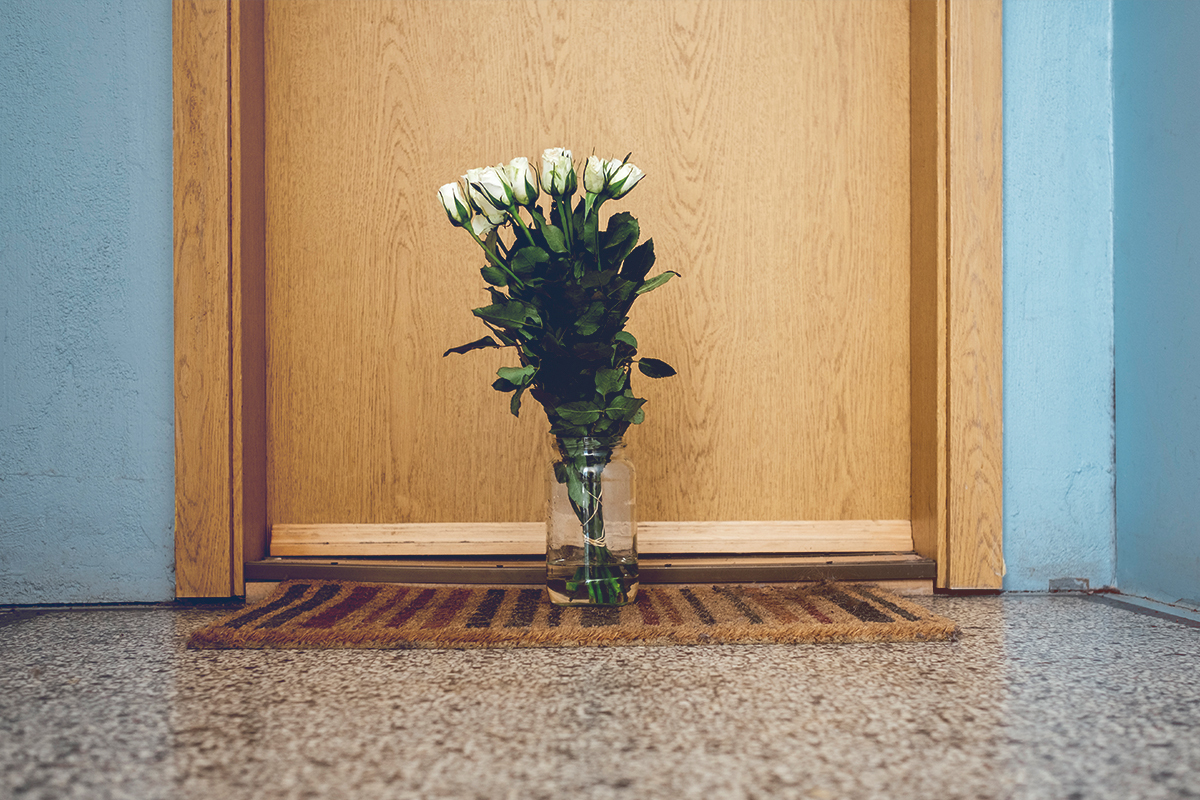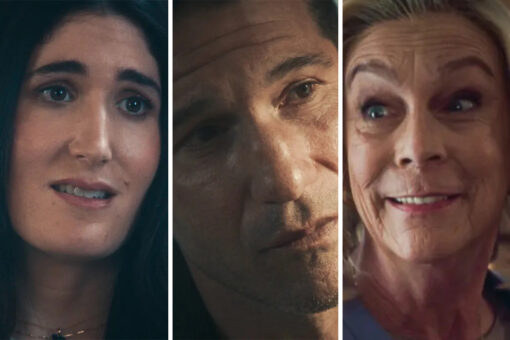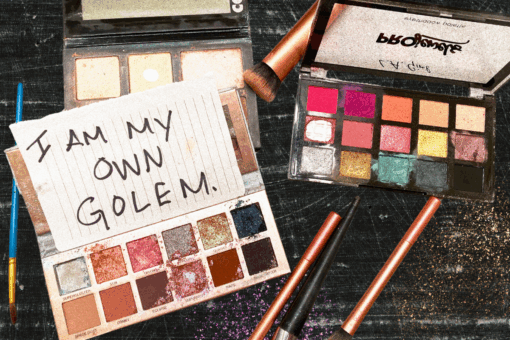As a congregational rabbi and member of the chevra kadisha, or Jewish burial society, funerals are part of what I do for the community. While the customs of death and dying are familiar to me, my most recent funeral was completely different.
We knew this death was coming, had time to prepare, and (baruch Hashem) COVID-19 didn’t touch her or her family. But the virus touched everything about the way we mourned her. When she died, unable to go to her house to talk to her husband in person, we discussed matters over the phone. This conversation is difficult under the best circumstances, but not being able to give him my full presence nor include all her loved ones in the conversation made it harder on all of us.
Because of social distancing and COVID-19, our chevra kadisha suspended tahara, the purification rituals before burial. Normally I, along with a few others, would wash the body, dress it in shrouds, and stay with the body until burial. Instead, I went alone to offer prayers for the deceased. Normally during tahara, my gloves and mask protect me from water and occasional bodily fluids, but this time they protected me from the living, the funeral home staff, and the mourners themselves.
Our community’s custom is to have a funeral service in the synagogue and, afterwards, meet the deceased at the cemetery. Our governor restricted groups to 10 people max, forcing me to tell this grieving husband that we could not do that funeral and could only bring nine people to the cemetery. Their immediate family alone had more than nine. My stomach clenched as he did the math.
As it was, two nephews sat in the car outside the cemetery gates, watching their parents attend their aunt’s funeral. We were 10 mourners plus the rabbi, the cemetery president, and two people from the funeral home, scattered over an area in the cemetery large enough that I almost had to shout to be heard. Two gravediggers stood well away from the rest of us.
At the cemetery, it became clear how difficult it would be to maintain social distancing. Without thinking, I passed the husband the kriah ribbon, instructing him to tear it to symbolize the rending of his heart. As our hands touched, I realized that this was the first time I had touched an acquaintance in almost a month. He tore the ribbon, passed it back, and I broke social distancing again to pin it over his heart. I stepped away six feet, feeling an awkwardness I’d never felt at a funeral before.
Carrying the casket, everyone bumped shoulders as we escorted this woman to her final resting place. I realized that if one person here had the virus, likely we would all get sick. Though this was one family, united by marriage years ago, mourners drifted apart once the casket was in place — an aunt standing alone, father and mother clutching each other, brothers standing six feet apart. We agreed not to pass a shovel from one to another, so instead I invited mourners to take a handful of earth and place it gently on the casket one by one. I missed the normalcy of the hollow thud of the clumps of earth on the casket, the murmurs as people help elders lift the shovel to scoop bits of soil into the grave.
At the end of the funeral, I stopped, suddenly at a loss for words. Normally, I would invite everyone to escort the mourners home for a meal of consolation. I realized in these circumstances I had no idea how to give the family closure, no warm embrace of community to usher them into. I had told family members to prepare something to eat, but they would eat it alone.
The cemetery president and I waited as the grave was filled. Our conversation turned to how many plots were left in our small cemetery — less than a dozen. “We normally expect three to four deaths a year here,” he told me. “I’ve done the math with coronavirus rates…” he trailed off. I nodded.
We said goodbye and I went to my car. Ready to punch in the address for the meal of consolation, I realized that I had nothing to attend, nowhere to go but home. It wasn’t until that moment that I understood how much I needed that meal, how important it is to watch our community comfort the mourners. I thought, I can’t just go home. It’s not finished.
I drove towards home, turning the radio off, the silence emphasizing my grief. I knew what I was supposed to do; I was supposed to eat something, to get and give a few hugs, to murmur “Hamakom yinachem etchem…” May God comfort you… over and over. I passed my exit on the highway. I, a professional funeral officiant, felt completely unmoored without our normal rituals. Desperate, I pulled into a park, found a picnic table, and pulled out my phone. I tweeted into the ether:
“It feels so wrong to do a funeral and just go home to my house. There’s no meal of consolation, no stories and plates held on your knees on folding chairs in the living room.”
“I feel lost, to be honest. I feel like I don’t know how to mourn like this.”
“I’m sitting in a park now because I can’t figure out what to do next.”
That was when my heart finally broke. I took in huge gulps of air, pulled out my handkerchief, and filled it with tears. This virus has cheated us out of so much: the simple comforts of touch, of tradition, of meals together. Now we mourn our dead alone, or across a screen. This is not how it is supposed to be. How do we mourn without each other, without our communities?
We will observe shiva over Zoom, and I expect a “full house,” a pale substitute for a packed living room, but it will have to do. So that we ourselves do not join the ranks of the dead, I urge you to be cautious with your health and stay at home. Your clergy do not want to be doing your funerals at this time. We want you to die in old age, well after we have solved coronavirus, surrounded by family and friends, as we are all meant to be. We want to hold your loved ones’ hands, to enjoy stories about you over a good meal together in your living room. This is the way we have always done it, and I hope to do it again soon.
Until that time, please stay home, wash your hands, and despite our physical isolation, reach out to those who mourn.
Header image: Westend61/Getty Images.



